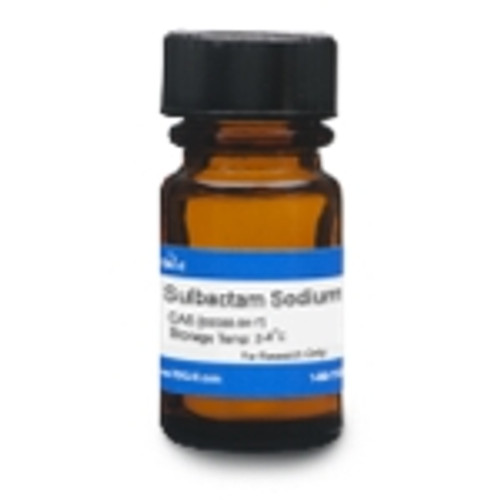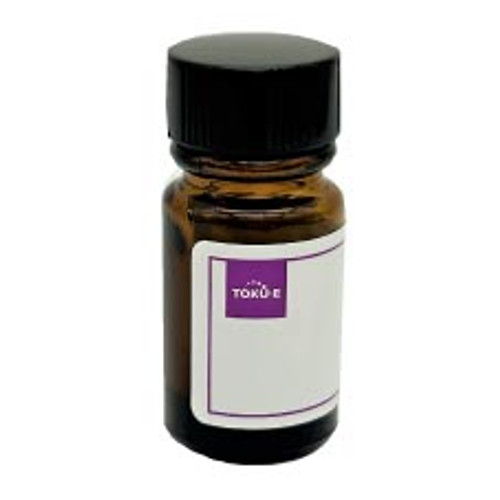Cefoperazone Sodium/Sulbactam Sodium (2:1) (Syn: Sulperazon) is a sterile homogeneous mixture of two parts Cefoperazone Sodium and one part Sulbactam Sodium by weight. It was developed in response to the β-lactamase challenge, due to the apperance of organisms resistant to β-lactam antibiotics. Cefoperazone is a β-lactam antibiotic, and Sulfactam is a β-lactamase inhibitor, which helps prevent bacteria from hydrolyzing the cefoperazone and thus restore the usefulness of the compound. This product is frequently used against the bacteria causing respiratory and urinary tract infections.
| Mechanism of Action | Cephalosporins interfere with PBP (penicillin binding protein) activity involved in the final phase of peptidoglycan synthesis. PBP's are enzymes which catalyze a pentaglycine crosslink between alanine and lysine residues providing additional strength to the cell wall. Without a pentaglycine crosslink, the integrity of the cell wall is severely compromised and ultimately leads to cell lysis and death. Resistance to cephalosporins is commonly due to cells containing plasmid-encoded β-lactamases. |
| Spectrum | Cefoperazone Sodium/Sulbactam Sodium (2:1) has a broad-spectrum activity, effective against a wide variety of Gram-positive and Gram-negative bacteria. The antibacterial activity is largely due to Cefoperazon, as the Sulbactam has little intrinsic antibacterial activity except for stains of Aceinetobacter and Neisseria, but it is active against the β-lactamase enzymes of most Staphylocci and Gram-negative bacilli including ESBLs. |
| Microbiology Applications | In vitro activity of Cefoperazone Sodium/Sulbactam Sodium was tested agaisnt 94 ceftazime-resistant strains isolated from patients in critical care units. Of the pathogens studied, Acetinetobacter baumanii, Pseudomonas aeruginosa, and Klebsiella pneumoniae made up 80% of the pathogens studied. The MIC90 for Klebsiella was 12 mg/L (range 1.5-16 mg/L) indicating that it may be useful for ceftazidime-resistant extended-spectrum β-lactamase (ESBL)-producing Klebsiella (Lim and Halijah, 2001). |
| Molecular Formula | C25H26N9NaO8S2 (Cefoperazone Sodium); C8H10NNaO5S (Sulbactam Sodium) |
| References |
Lim VK and Halijah MY (2001) In vitro activity of Sulperazon against recent isolates of ceftazidime-resistant bacteria. Med J Malaysia. 56(3):365-369 PMID 11732084 Wang X, Shi Y, Qin W (1997) Antibacterial activity in vitro and clinical use of Sulperazon. Zhonghua nei ke za zhi. 36(6):406-410 |







